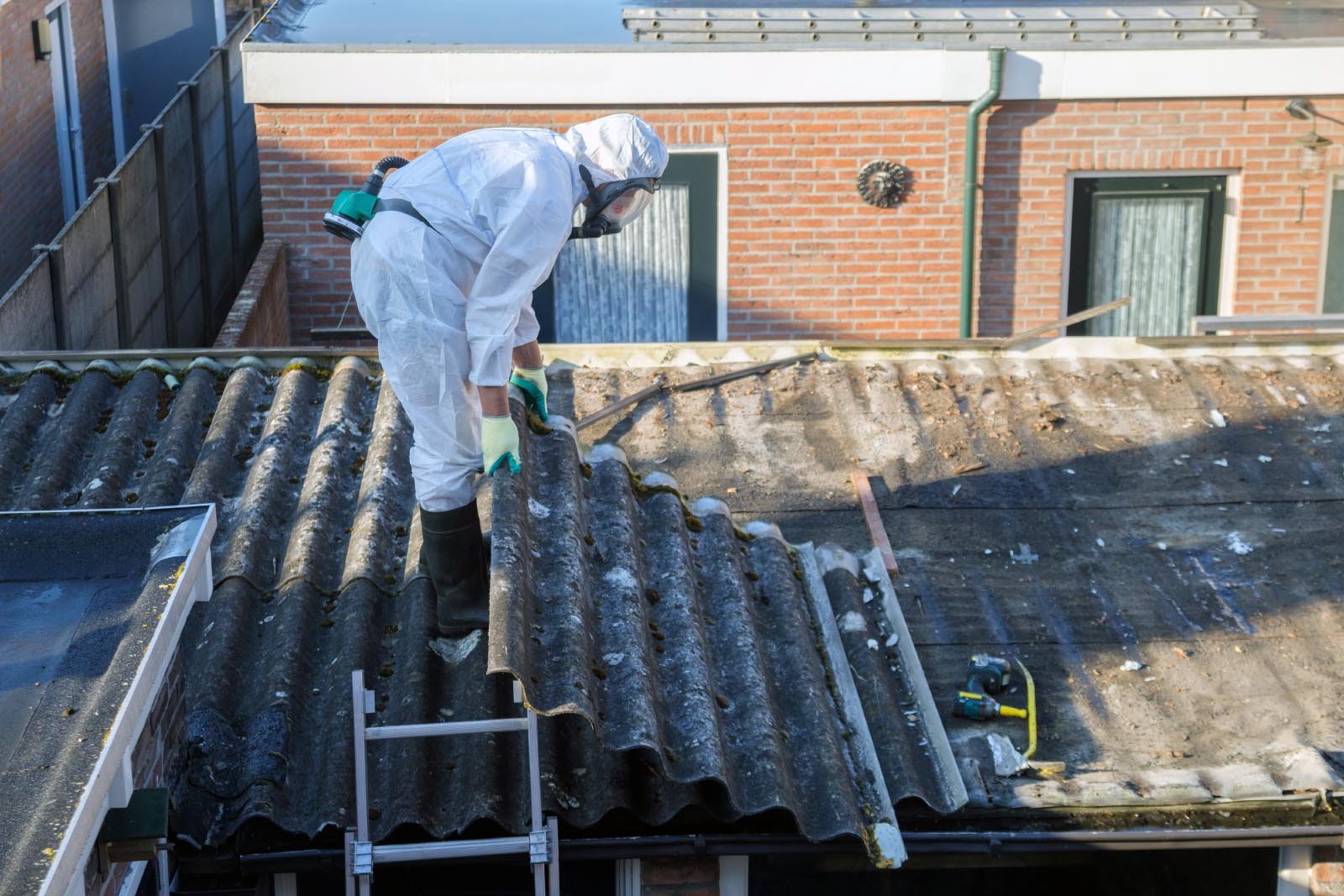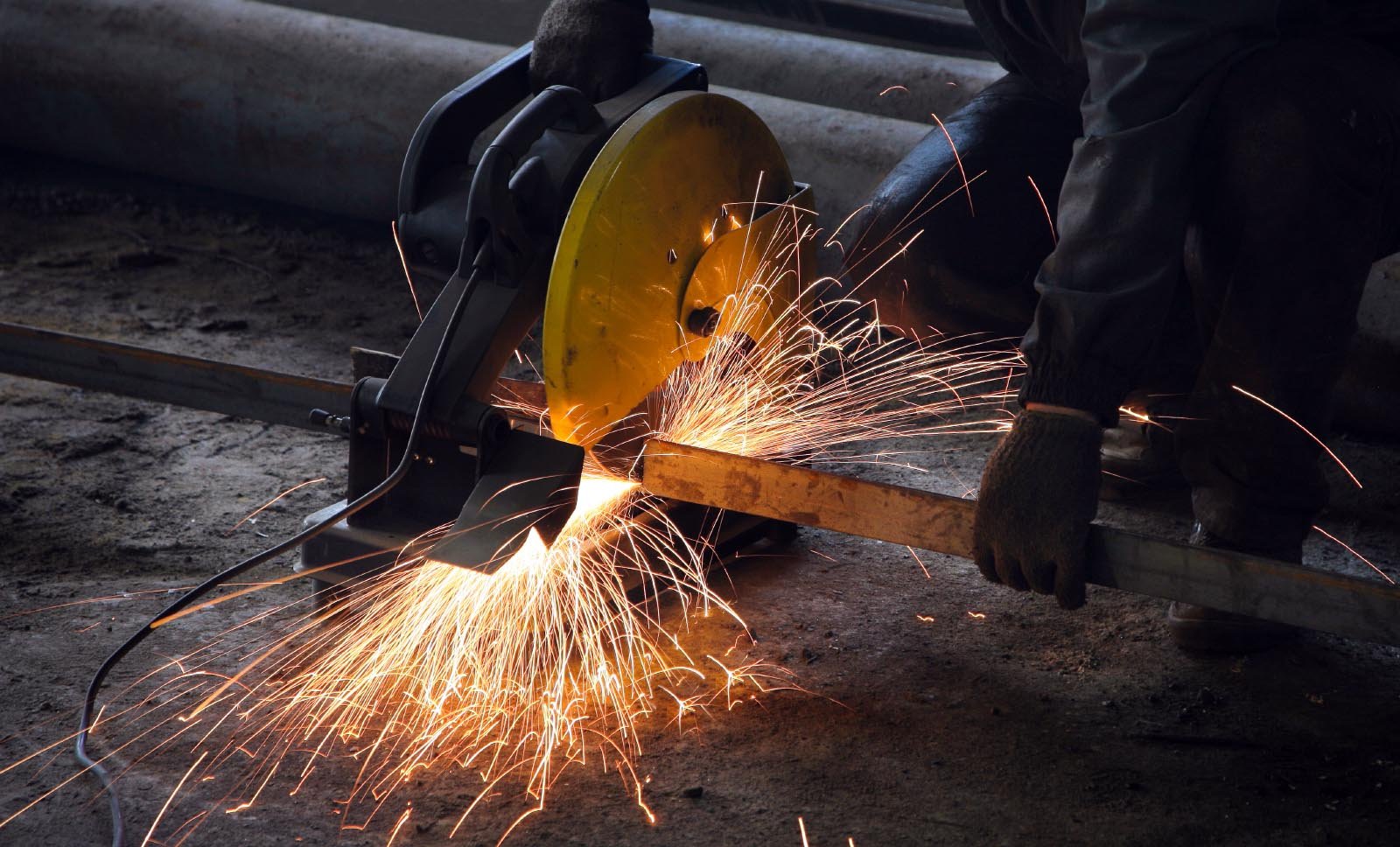The Hazards of working on a Construction site and how to avoid them
Construction sites can be some of the most dangerous workplaces on earth.
They are full of heavy machinery, sharp tools, and unstable structures. However, it is not only the obvious hazards that pose a risk to the workers.
There are also invisible hazards that can be equally dangerous and require special attention.
In this post, we will look at some of these hazards and share some tips on how to stay safe on a construction site.
1. Asbestos
Asbestos is a naturally occurring mineral that was widely used in construction materials before the dangers were discovered.
It is still present on many sites, and exposure to airborne asbestos fibers can lead to serious respiratory illnesses such as mesothelioma or lung cancer.
Therefore, it is important to be aware of any signs of asbestos and to wear proper protective gear when necessary.
2. Poorly maintained equipment
Construction sites use a lot of heavy machinery and tools that can become dangerous if not properly maintained.
Regular inspections should be done to ensure that all equipment is in good working order, and any defective items must be taken out of service immediately.
3. Falling objects
Construction sites are full of scaffolding and other high structures, which can make them a ripe target for falling objects.
Workers should always wear hard hats to protect themselves from any potential impact, and the site coordinator should regularly inspect the area for signs of instability or exposed wiring.
4. Slips and trips
Construction sites often have uneven surfaces that can be a danger to workers who aren't paying attention.
To avoid slips and trips, always wear protective footwear and watch your step when walking around the site.
5. Working at heights
Working at height is one of the most dangerous activities on a construction site.
To minimize the risk, workers should always use appropriate safety equipment such as harnesses and lanyards, and scaffolding should be inspected regularly to ensure it is stable. They should also work in teams or with a work buddy to ensure they are not alone when working at height.
6. Confined spaces
When working on a construction site, you are likely to encounter tight spaces, such as storage containers and tunnels, that can be hazardous for workers.
When entering these spaces, is important to wear proper protective gear and have a partner who is trained in confined space rescue.
7.Electricity
Construction sites are full of electrical installations, and it is essential to be careful around them. Serious injuries can result from coming into contact with a live wire or finding exposed wires accidentally.
Therefore, it is crucial to make sure that all workers are trained in identifying electrical hazards and know how to work safely around electrical equipment. It is also important to check all cables regularly and ensure that they are securely insulated.
8.Chemicals
Many construction sites are full of hazardous materials, including chemicals and solvents. Exposure to these materials can have serious health effects, such as skin irritation, breathing difficulties, and lung damage.
It is essential to wear protective equipment, such as gloves, safety shoes, respirators, and suits, while dealing with chemicals.
9.Noise
Construction sites are also very noisy environments. Workers who are exposed to excessive noise levels for an extended period may experience hearing loss, tinnitus, or other health problems.
It is essential to provide hearing protection, such as earplugs or earmuffs, to all workers exposed to high noise levels.
10.Falls
Falls pose one of the most significant risks on construction sites. Workers can fall from elevated platforms, ladders, or scaffolding, resulting in serious injuries or death.
Employers need to ensure that all workers have received appropriate training and have access to the right equipment, such as safety harnesses and lifelines, to prevent falls.
11.Heat Stress
Construction sites are often exposed to high temperatures, especially during the summer season. Workers who are exposed to extreme heat can experience heat exhaustion, heatstroke, or dehydration. It is essential to provide workers with plenty of water and breaks to rest in shaded areas.
Workers should also wear lightweight and breathable clothing to reduce the risk of heat stress.
12.HGV Dangers
Construction sites are often visited by large vehicles, such as trucks and cranes. These vehicles can cause serious accidents if their operators are not aware of the environment around them. It is essential to ensure that all vehicles are driven carefully and that visibility for drivers is improved.
It is also important to ensure that all workers stay away from the path of moving vehicles and remain alert at all times.
By utilising the Safetyshield AI safety system, HGV and plant machinery operators can be made aware of people coming too close to their vehicle and act accordingly, leading to a much safer work environment.
With proper safety measures in place, everyone on a construction site can work safely and securely.


















